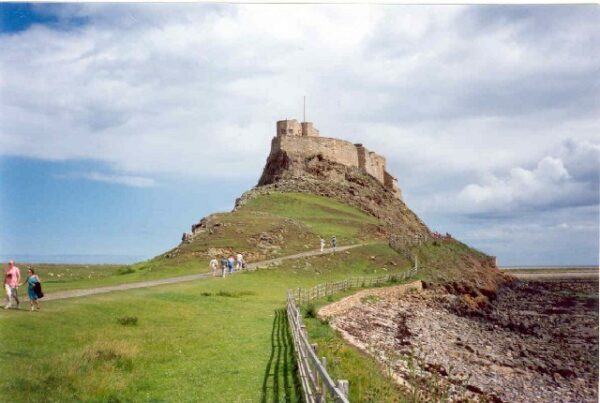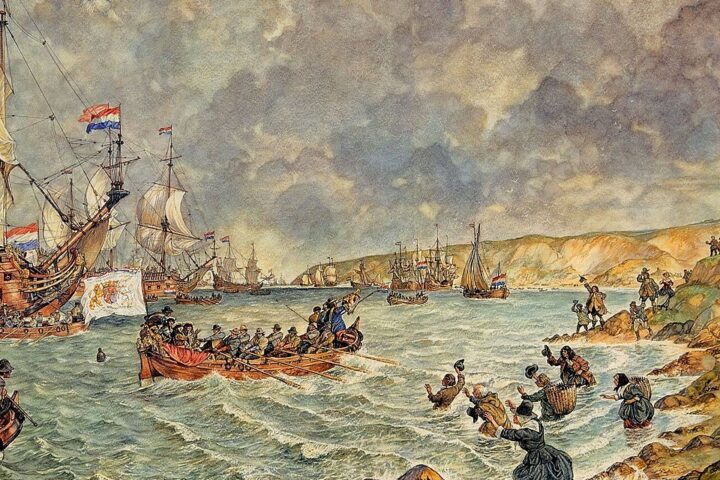On June 8, 793, the tranquil monastic community of Lindisfarne—an island off the northeast coast of Northumbria—was shattered by an act of violence so sudden, so foreign, and so brutal that it marked, in the minds of chroniclers and modern historians alike, the beginning of a new and ominous era. The attackers were seaborne pagans—Norsemen from across the North Sea—who descended upon the abbey not as pilgrims or traders, but as marauders. They came to plunder, burn, and desecrate. What they left behind was not only a bloodied ruin but a deep psychic wound that would alter the course of British history.
Lindisfarne was no ordinary target. Founded by Saint Aidan in the 7th century under royal Northumbrian patronage, the monastery had become a revered center of Christian learning, a haven of scriptural transcription and ascetic devotion. Its monks were famed for their piety, its relics venerated across Christendom, and its illuminated manuscripts—like the Lindisfarne Gospels—symbols of a flourishing Insular culture that fused Celtic, Anglo-Saxon, and Christian traditions. To strike such a place was to assault not merely a building or a treasury, but a vision of sacred order.
Contemporary sources responded with horror and theological dread. The Anglo-Saxon Chronicle tersely recorded that “heathen men miserably destroyed God’s church at Lindisfarne,” while Alcuin of York, the foremost English scholar at the court of Charlemagne, wrote with stunned anguish: “Never before has such terror appeared in Britain.” For Alcuin and his peers, the raid was not just an act of piracy—it was divine judgment. Why else would God permit the slaughter of His servants in His sanctuary unless the English people had fallen into corruption, pride, or apostasy?
But for the Norse, this was not blasphemy—it was opportunity. The attack on Lindisfarne was not the first Scandinavian foray across the North Sea, but it was the first of lasting psychological consequence. Isolated and wealthy, monasteries like Lindisfarne presented ideal targets for swift coastal raids. The raiders’ hit-and-run tactics, honed in fjords and inlets, proved devastating against a society unprepared for amphibious assault. The once-assumed security provided by Britain’s sea-girt geography was, overnight, shown to be an illusion.
More importantly, the raid heralded a strategic shift in Viking activity. The Norsemen would no longer be content with coastal plundering or occasional wintering. Over the coming decades, they would become colonizers, slavers, tax collectors, and kingdom-makers. From Lindisfarne to London, from Dublin to York, they would embed themselves in the political and economic fabric of the British Isles. The era of static kingdoms and localized piety was giving way to one of dynamic conquest and hybrid polities.
And yet, even amid the devastation, Lindisfarne became a kind of symbol—not only of what had been lost, but of what would endure. The monks who survived preserved the relics of St. Cuthbert and fled inland, spreading both the memory of martyrdom and the seeds of religious renewal. What was sacked was not destroyed utterly. What was desecrated became sacred again—by virtue of suffering.
The raid on June 8, 793, therefore marks more than the “start” of the Viking Age. It represents a rupture in time—a moment when the medieval English world first understood that its borders were permeable, its sacred places vulnerable, and its fate, no longer secure. In the smoke rising from Lindisfarne’s altars, one sees not merely destruction, but the stormfront of transformation.





